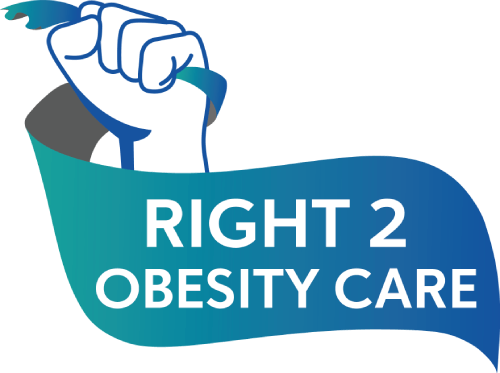The idea for a bill of rights for Americans traces back more than 60 years. It started in 1962 when President John F. Kennedy gave a speech to Congress promoting four basic rights of consumers – to be safe, to be informed, to choose, and to be heard. These rights became what is known as the Consumer Bill of Rights and formed the foundation of federal consumer protection laws in the U.S.
But these protections are not sufficient when Americans need medical treatment. Accordingly, in 1973, the American Hospital Association introduced “A Patients Bill of Rights” with a set of 15 guarantees for anyone seeking care in a U.S. hospital. This set the stage for the American Medical Association to add a set of patient rights to the AMA Code of Medical Ethics and for state governments and health plans to create separate bills of rights. Another significant step forward occurred in 2010 with the enactment of the Affordable Care Act (ACA), which codified a Patients Bill of Rights into law that mandates important protections for health care coverage when people seek medical care.



